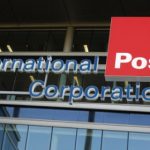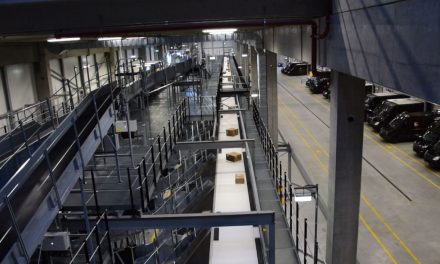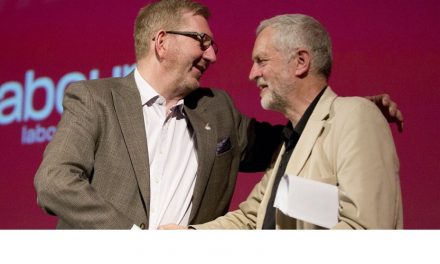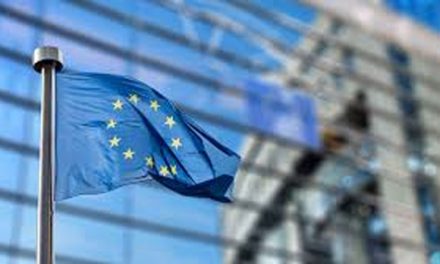
SAS considers buying smaller Baltic airlines
Scandinavian Airlines System has said it is keen to buy small airlines in the Baltic region, but has ruled out a full-blown merger with another European group.
"In five years' time, SAS will be a 50 per cent larger, independent company, having a major stake in the north European airline industry," said Jorgen Lindegaard, the airline's new Danish chief executive.
He dismissed suggestions of a merger with Lufthansa, the German airline, with whom SAS already collaborates in several areas through the Star Alliance. Mr Lindegaard said there would be more negative than positive synergies from such a combination.
"I see SAS as a standalone company, acquiring smaller companies around our home market in order to grow," he told the Financial Times in an interview.
He defined the airline's home market as the Scandinavian countries, Finland, the Baltic countries, northern Germany, and Poland, but declined to name the airlines he would be interested in acquiring.
Mr Lindegaard said consolidation was inevitable in the European airline industry because of the need to cut costs and lift profitability.
But he said SAS already had the critical mass that many rival European airlines lacked. The carrier had a strong position in its Scandinavian home market, with loyal customers, and was financially strong enough to finance fleet expansion on its own.
The group is already in the throes of a big fleet expansion to increase passenger numbers from 23m to 35m a year over the next four years. Mr Lindegaard said a top priority was winning back the market share the airline has lost on international routes out of Scandinavia. "Our natural market share of international flights out of Scandinavia should be 35-40 per cent, whereas it has been less than 25 per cent because of capacity constraints," he said.
Mr Lindegaard, who took over as chief executive of SAS last week has already implemented a new management structure. He is the first Danish chief executive of the airline, which is 50 per cent owned by the governments of Sweden, Norway and Denmark.
As part of a strategy to increase interest in SAS, Mr Lindegaard plans to be more open with investors about the airline's operations and set clear financial targets.
Scandinavian Airlines System has said it is keen to buy small airlines in the Baltic region, but has ruled out a full-blown merger with another European group.
"In five years' time, SAS will be a 50 per cent larger, independent company, having a major stake in the north European airline industry," said Jorgen Lindegaard, the airline's new Danish chief executive.
He dismissed suggestions of a merger with Lufthansa, the German airline, with whom SAS already collaborates in several areas through the Star Alliance. Mr Lindegaard said there would be more negative than positive synergies from such a combination.
"I see SAS as a standalone company, acquiring smaller companies around our home market in order to grow," he told the Financial Times in an interview.
He defined the airline's home market as the Scandinavian countries, Finland, the Baltic countries, northern Germany, and Poland, but declined to name the airlines he would be interested in acquiring.
Mr Lindegaard said consolidation was inevitable in the European airline industry because of the need to cut costs and lift profitability.
But he said SAS already had the critical mass that many rival European airlines lacked. The carrier had a strong position in its Scandinavian home market, with loyal customers, and was financially strong enough to finance fleet expansion on its own.
The group is already in the throes of a big fleet expansion to increase passenger numbers from 23m to 35m a year over the next four years. Mr Lindegaard said a top priority was winning back the market share the airline has lost on international routes out of Scandinavia. "Our natural market share of international flights out of Scandinavia should be 35-40 per cent, whereas it has been less than 25 per cent because of capacity constraints," he said.
Mr Lindegaard, who took over as chief executive of SAS last week has already implemented a new management structure. He is the first Danish chief executive of the airline, which is 50 per cent owned by the governments of Sweden, Norway and Denmark.
As part of a strategy to increase interest in SAS, Mr Lindegaard plans to be more open with investors about the airline's operations and set clear financial targets.













